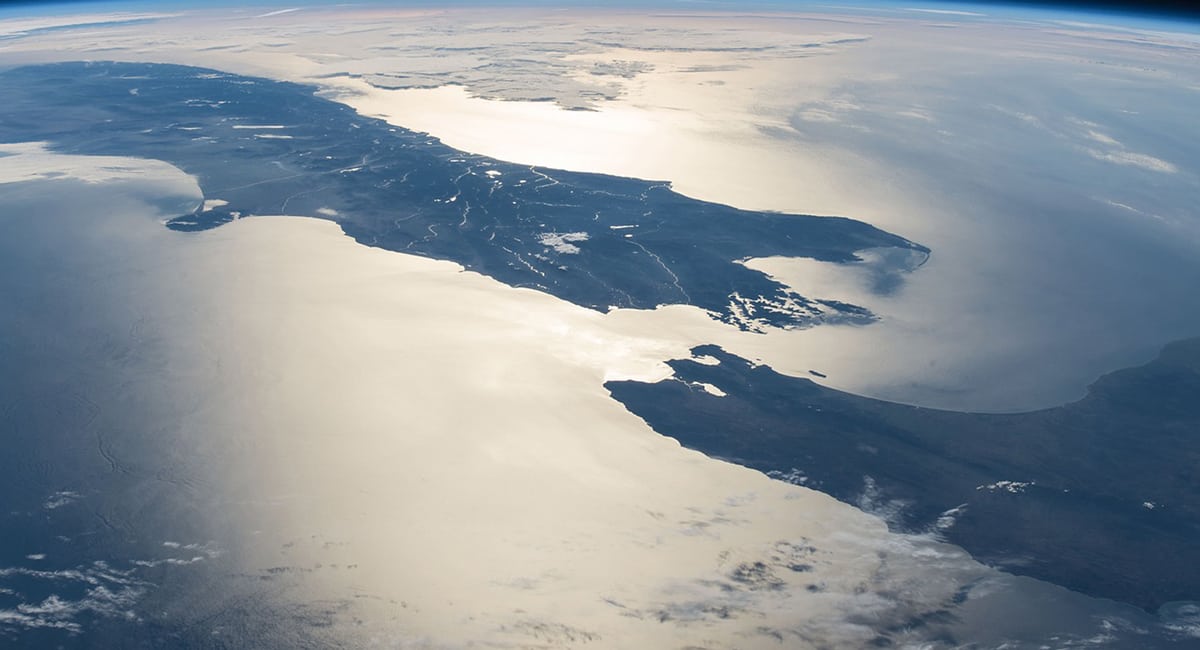OPINION
Peter Allan Williams
Writer and broadcaster for half a century. Now watching from the sidelines although verbalising thoughts on www.realitycheck.radio three days a week
peterallanwilliams.substack.com
In case you hadn’t noticed, the makeup of the New Zealand population is changing significantly every day, every month, and every year.
The most recent numbers from Stats NZ are simply mind boggling.
In the year to February, more than a quarter of a million people arrived here to live. Nearly 51,000 were citizens of India, there were 35,000 Filipinos, and 29,000 held a Chinese passport.
Just over 27,000 were returning New Zealanders.
So every day for the year to February 29th, 693 people arrived to live in New Zealand but of them, just 74 were Kiwis coming home.
To somewhat offset the flood of new arrivals over 120,000 left here to live somewhere else.
By far the largest group of emigrants were those holding New Zealand passports – just under 75,000, or 205 a day.
So let those numbers sink in.
Immigration alone increased the population of New Zealand in one year by 131,000 – a city the size of Dunedin. Not that many of them actually came to live in Dunedin.
For what it’s worth, the net immigration inflow has slowed a little since the year ended November when it reached 142,000. But the question remains, when will we start closing the doors a little to stem the flow?
Stats NZ estimates New Zealand’s population as of December 3 at 5,305,600. That’s a 300,000 increase in just under four years.
Traditionally our population growth has been a slow burner. There weren’t a million of us till 1908, the 2 million mark wasn’t reached till 1952 and we passed three million in 1973.
Remarkably the brakes then really went on. It was 2003 before we hit 4 million, although the progress up to 5 million was much quicker as we reached that milestone in March of 2020.
But despite the restrictions of the Covid era, the floodgates have opened since.
At our current rate of growth through immigration, coupled with a tiny natural increase (just 19,071 last year) we’ll be at six million by the end of the decade.
It will be by far the quickest addition of a million people this nation has ever seen.
Are we ready? Is housing stock adequate? Do we have enough schools and hospitals? Will our transport infrastructure be able to cope?
The answer of course is a resounding no.
More importantly, is the population boom being felt evenly across the country? Of course not.
Some regional centres might be attracting more people but that would appear to be driven by internal migration – Auckland escapees coming to Wanaka, Queenstown and Central Otago for example.
But it’s not an even spread.
Auckland has more than doubled its population since 1966 – a random pick because it was a census year.
The Big Smoke has gone from 702, 000 to nearly 1.6 million in those 48 years. But Oamaru, where our family shifted to that year had 13,200 when we moved in. According to Stats NZ Oamaru was still to crack 14,000 as of 2022.
So as well as planning and building the necessary infrastructure for this population explosion, surely there should be government policy to attract immigrants to places other than Auckland.
Back in 2018, the economics consultancy BERL predicted it would be 2043 before New Zealand’s population reached six million. That prediction, at the current pace, will be incorrect by more than a decade. But BERL also predicted a quarter of us would be “Asian” by then, 21 percent Maori and 11 percent Pacific.
The consultancy said the European/Pakeha cohort would reduce from its current 70% to about 64% by 2043.
If the current rate of immigration is maintained, and the inflow from India, the Philippines and China is maintained (remember 115,000 arrived from those countries in the year to February) the wider Asian population, which is already in excess of 700,000 will be around 1.5 million by 2030 – the quarter of the population that BERL thought wouldn’t happen for another decade and a bit.
The staggering thing is that this supersonic population growth appears to have attracted no political pushback at all. Even the great ethnicity baiter Winston Peters is strangely muted on the issue.
If we take it that everybody who comes here to live is in search of a better life, then there is absolutely no concern that anybody should have about the changing face of the country.
After all, eating out is much more fun now than thirty years ago and a few more Rachin Ravindras would be appreciated as well.
What bothers me is that there is no statistical data available which tracks the educational achievements of those who arrive and those who leave.
How many of the seventy five thousand Kiwis who emigrated in the last year have university degrees? How many of them were highly qualified specialists in medicine and engineering?
I suspect too many.
Conversely how many of the 115,000 Indians, Filipinos and Chinese were similarly educated?
Sadly, I fear, not enough. Isn’t it about time our immigration policies tried to balance the books a bit more?

